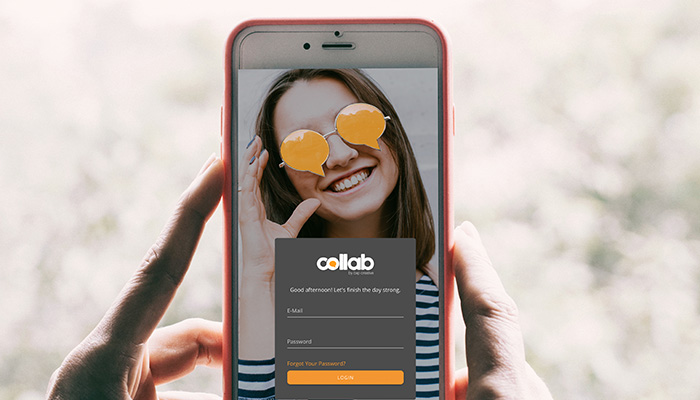For decades, what we now know as the hashtag was the symbol for pound, as in 10# of potatoes. The internet changed all that (as it changed so much else).
Unless you were into online chat way back in the 1980s, you’d probably say you began using hashtags when you opened your first Twitter account. However, 20-30 years before Twitter, the hashtag was used to facilitate searches on Internet Relay Chat (IRC), the non-fancy predecessor to modern chat apps. The hashtag was used as an organizational tool so users could find what they were looking for.
About ten years ago (at least a century in internet time), Twitter officially began using hashtags to organize tweets, bringing order out of chaos. People liked hashtags. In an internet moment, hashtags began popping up on Facebook, Instagram, Pinterest and other social media platforms. The hashtag trend began and never stopped.
Today, hashtags are very much mainstream. They made the jump from online chat to being used as a verbal exclamation point in everyday conversation, as in one teen saying to another, “HashtagICantBelieveIt!” Hashtags are used to represent and popularize political and social movements, to help notify the public during disasters and for just about any other reason you could think of. They become the personal slogans of individuals and businesses, representing their brand.
Are Hashtags the Kid Brothers of Taglines?
A great tagline is truly a thing of beauty, perhaps even touched by genius. Consider Rice Krispies’ “Snap! Krackle! Pop! or KFC’s “Finger Lickin’ Good.” For many years, these ageless taglines have created a personal connection with consumers and proudly represented the brand.
BMW’s most famous tagline was “The Ultimate Driving Machine.” It was eventually replaced by “Sheer Driving Pleasure” and “Designed for Driving Pleasure,” but the new taglines never replaced the original one in the hearts of BMW lovers everywhere. They love their “ultimate driving machines” whether the tagline is still being used or not.
A great tagline can last for 30 years or more. Taglines represent the brand over time. Carefully crafted taglines form strong connections with consumers and grow brand loyalty.
A great hashtag will attract like-minded communities and promote communication with and between consumers. Hashtags typically have a much shorter lifespan than taglines, perhaps measured in days or weeks. They are often used to spotlight a particular campaign, trend very quickly, and then fade from use when their reason for being has been fulfilled.
Taglines and hashtags are very similar. In fact, memorable taglines are often used as hashtags. However, when compared to taglines, hashtags are the kid brothers.
Effective Hashtag Marketing Boosts Awareness of Your Brand
Hashtags are everywhere, springing up like weeds. However, if you use hashtags strategically in social media, your brand will stand out from the rest like a prize-winning rose.
Here are three fundamental hashtag strategies you can employ to target your chosen market, attract users to your content, expand your reach, help raise your Google ranking and boost brand awareness.
Campaign and Brand Hashtags
A brand hashtag is used much as a tagline and can in fact be #tagline. Use this hashtag whenever it’s possible and appropriate, on your website, business cards, social sites etc. Encourage others, both inside and outside your company, to use this hashtag. Brand hashtags are extremely important and typically take a lot of thought and brainstorming to get right.
A campaign hashtag is intended for short-term use to help publicize a promotion, sale or campaign. It should be short, to the point and describe the event.
Both brand and campaign hashtags should be short and easy to spell and remember. Don’t get wordy and complicated. Less is more. Create unique hashtags (not always easy) and monitor the results.
Content Hashtags
Content hashtags are common words (#marketing, #socialmedia) related to something in your content. They’re useful in improving SEO by attracting consumers who are searching for those particular hashtag words. Common content hashtags could reference a product, location, lifestyle, activity or event.
Trending Hashtags
Trending hashtags represent something that is extremely popular right now. If you spot one that legitimately relates to your business, use the hashtag and engage with others. Smart use of a trending hashtag could put your message in front of millions you’d never reach otherwise. Trends don’t usually last long, but a combo of luck and hard work can really pay off.
If you try this, don’t spam trending hashtags. If you post to anything and everything, whether related to your business or not, you could have your Twitter account suspended.
The BXP Creative team is ready to collaborate with you to design and implement a winning brand strategy for your business. Everyone uses hashtags, but relatively few effectively integrate hashtags and taglines into their branding strategies.
Got a project you need done yesterday? We love a challenge and beating deadlines.




